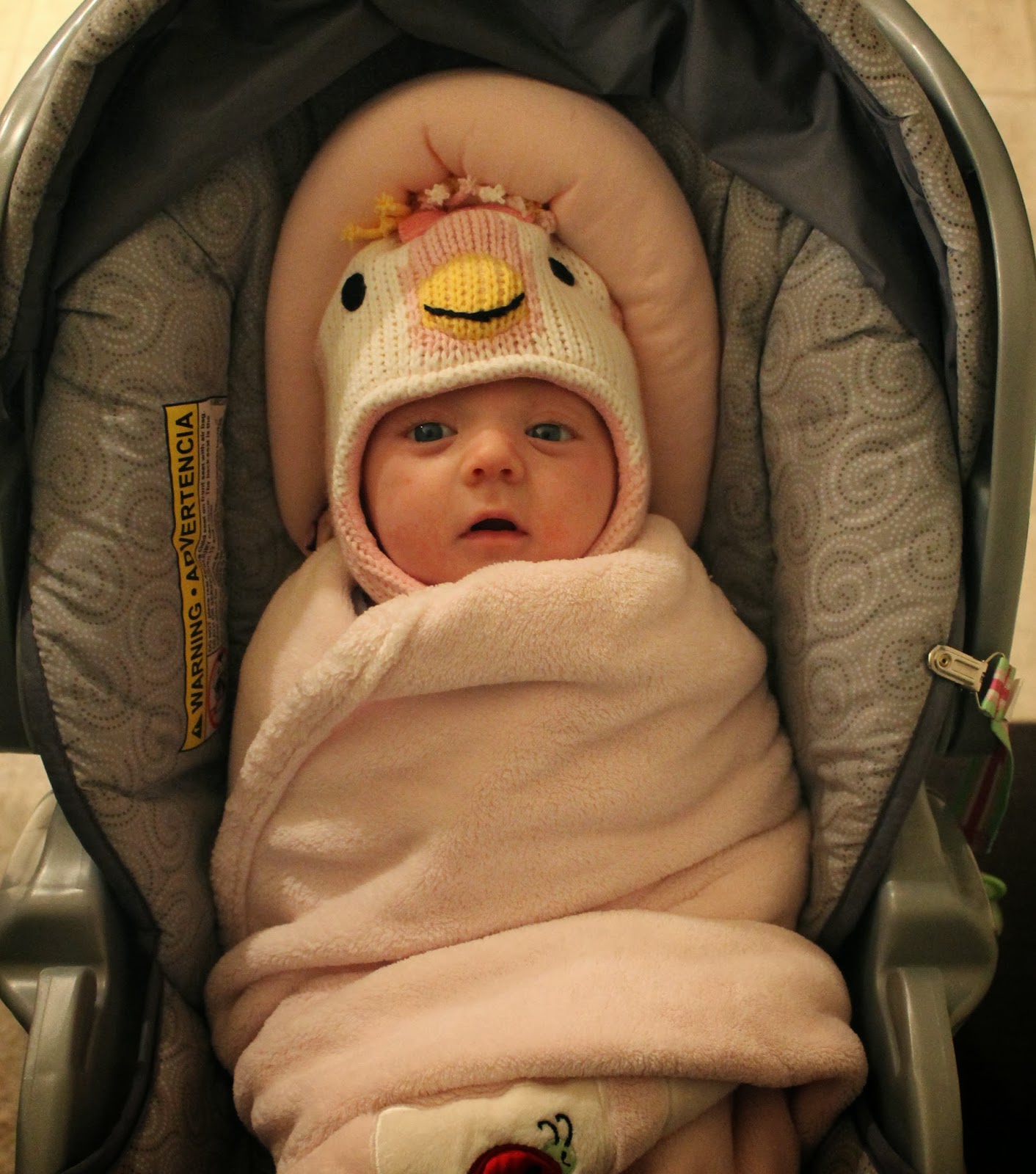Given the exponentially growing trend of ice-bucket
challenge videos popping up, I’m sure many will disagree with me on this, but if called upon I
will not do the ice-bucket challenge.
It's been quite a phenomenon and I appreciate the awareness this has brought and I’m sure
those with ALS appreciate the support. But what does awareness accomplish and
what do the funds support? I personally don’t know anyone with ALS - probably because a very small percentage of the world has it. There are many diseases and disorders afflicting a growing number of our population, some more debilitating or deadly than others. Despite that I do not support fund raising for organizations such as Susan G. Komen, The American Cancer Society, Livestrong, The Heart Association, or The ALS Association.
You might ask, “How is that possible? How can you be so selfish? Don’t you support anything?” Part of my reasoning for not supporting these causes were eloquently captured in this article. Even more so, I believe that the declining health of
our population is the outcome of a few controllable factors manifesting itself in different forms of
disease and disorders. I think it can all be traced back to our food, our pharmaceuticals, and our environment. I believe that if you want to make real
change and help fight diseases – all diseases – we need to support changes that
protect not only ourselves but our children and generations to come. That being said, I don't want to put my money toward research conducted by pharmaceutical companies to create more drugs that only cover up the problem, sometimes creating even more damage, all while profiting from it. Billions of dollars go into cancer research not only from the aforementioned organizations but also from our government yet little progress has been made. While alternative, natural therapies that have been shown to be very effective in fighting cancer such as Gerson Therapy do exist the American Cancer Society doesn't support their practice (perhaps because there isn't much profit in a natural cure??).
With information and recommendations changing everyday, not to mention ongoing controversies of various health topics such as vaccines, it is clear that scientists don't know everything. It is now coming to light that saturated fats are not the culprit of heart disease and are in fact essential to our health. I think we'll see a lot coming out in the world of epigenetics that will connect our diet and toxic load to varying conditions seen in our children. There are studies that indicate our
grandparent’s exposure to toxins could be affecting our DNA. New articles are coming out everyday (examples A, B, and C) about the importance of our gut
bacteria and how they directly affect our immune system response (think eczema, allergies, arthritis, diabetes, thyroid disorders, MS, and ALS). Our diets, medications, and sterile environments are
destroying these essential microbes. And I predict we'll be hearing a lot more about toxins such heavy
metals, chemicals, fluoride, and pesticides being linked to cancer, autism, Alzheimer's, etc (see this article).
My daughter has a genetic disorder known as Kabuki Syndrome. Piggybacking on the ice-bucket challenge concept, there is now a singing challenge to raise awareness for Kabuki Syndrome. I love watching the videos of these beautiful kids and their loving families singing their songs. I'm battling internally with the choice to not participate in something that hits so close to home. But again, what does bringing awareness to one condition accomplish? While I personally connect with those families also affected by Kabuki Syndrome and I want to support them as part of my Kabuki Family, I don’t feel that bringing awareness to this one rare syndrome is going garner the type of change I'd like to see.
While raising awareness for one single disease such as ALS may seem like a worthy cause, what are you really accomplishing? But what if we could raise awareness for all diseases and disorders as a collective whole. One against big agriculture. One against the use of pesticides. One against exposure to toxins. One for a change in our food system. One for supporting local farmers. One for regaining control of our health. One collective whole thinking freely and standing up for our rights.
So no, I won’t be dumping ice on my head in support of ALS awareness.
Nor will I don a pink ribbon for breast cancer awareness. You won’t even find
me singing a song for Kabuki Syndrome awareness. What you will find me doing is
spending exorbitant amounts of money on good, high-quality food (that is more
expensive because it is not subsidized by the government like Big-Ag). I will
vote against Monsanto and GMO foods. I will avoid drugs and vaccines. I will buy water until they stop adding fluoride. I will
put my time, money, energy into things I believe in not because I’m being
pressured with guilt by social media outlets but because I believe it will
bring true health to me and my family and hopefully bring about real change in our global health.
But maybe you don't agree with me. So I challenge you, don’t support causes just because
someone called you out on Facebook. Think for yourself and support whatever
cause you connect with.
I CHALLENGE YOU TO THINK FOR YOURSELF AND
PUT YOUR MONEY WHERE YOUR HEART IS.























